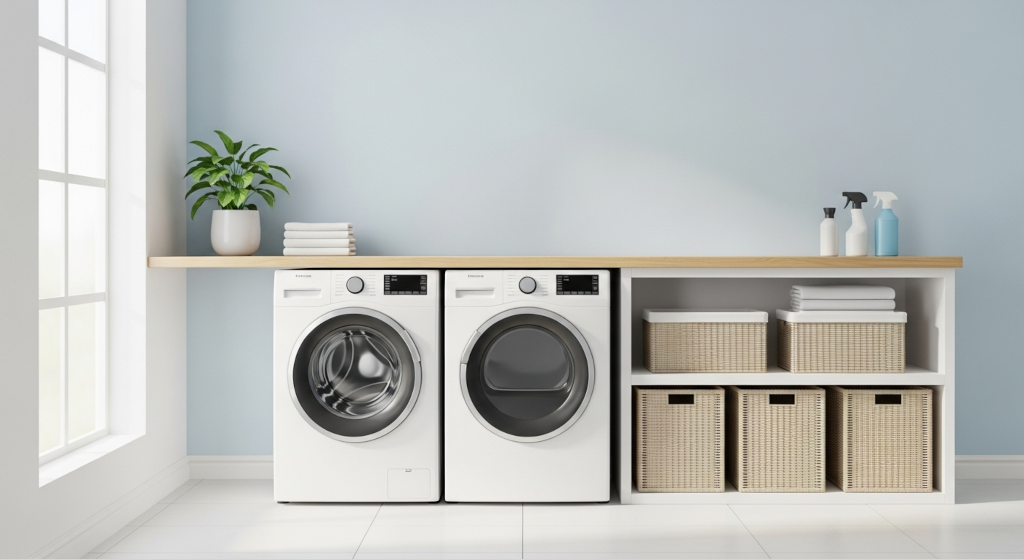There is a distinct moment when you open the door to a brand-new car and are greeted with a crisp, clean scent that feels both luxurious and satisfying. That fragrance is not merely a detail; it is a sensory experience tied to new beginnings, care, and control. Over time, however, most vehicles lose that freshness. Whether from daily use, environmental factors, or subtle buildup, even well-maintained interiors can begin to smell less refined than they once did.
Fortunately, you can restore that clean-air clarity. With a thoughtful routine and the right odor-removal strategies, you can recreate that dealer-fresh atmosphere and enjoy a noticeably elevated driving experience.
Begin with a Deep Interior Refresh
The foundation of any lasting interior scent is cleanliness. Before applying any kind of spray or treatment, the cabin should be completely reset. This means removing all clutter, vacuuming thoroughly, and addressing every soft and hard surface.
Start with the floors, including under the seats and along the seams of the carpet. Use a crevice tool to reach beneath pedals, seat rails, and other tight spots where debris accumulates. Follow with a steam cleaner or upholstery-safe formula to lift odor from fabric seats, floor mats, and trunk lining.
For vehicles with leather or synthetic upholstery, choose a product designed to cleanse without coating the surface in heavy fragrance. Wipe down all touch points: steering wheel, gear shift, dashboard, armrests, door handles. These areas harbor unseen buildup and can quietly affect the overall scent of your cabin.
Address Airflow and Circulation
Even after a thorough cleaning, stale air may continue to linger if the vehicle’s HVAC system is holding onto odors. Changing the cabin air filter is an essential step that many drivers overlook. These filters trap pollen, pollutants, and odor molecules and should be replaced regularly to keep the air circulating clean and fresh.
Once the new filter is in place, run the fan on high with the air set to draw from outside the vehicle. Lightly mist a quality odor neutralizer near the intake vents just below the windshield, and then repeat this process with a few sprays into each interior vent while the system continues to run. This process helps clear out any residual odor from within the ventilation system itself.
Neutralize Odors at the Source
Rather than masking unpleasant smells with artificial fragrance, a more effective approach is to remove the odor completely. Choose an odor neutralizer formulated to break down unwanted scent molecules rather than disguise them. Look for ingredients that are plant-based or enzyme-driven, as these tend to be safer and more effective for interior use.
Apply lightly to seat cushions, floor mats, and other soft surfaces. A light mist under the seats, into footwells, and along the trunk lining can provide long-lasting freshness without oversaturating fabrics. Avoid overapplying or layering multiple scents, which can create a chemical or artificial result.
The goal is not to overwhelm, but to restore balance to the air within your vehicle.

Don’t Overlook Hidden Odor Traps
Some of the most persistent smells come from places that are easily missed. If your car still doesn’t smell right after a full clean, inspect the following:
-
Seat belt straps: Often overlooked, these absorb skin oils, perfumes, and food odors
-
Headliners: The fabric on the ceiling can trap airborne particles and smoke
-
Cup holders and storage compartments: Sticky spills and crumbs often go unnoticed
-
Under seats and inside crevices: Debris or moisture may be hiding out of sight
Use a soft microfiber cloth and apply a light mist of neutralizer to these areas. Be gentle with fabrics like the headliner, which can stain or sag if oversaturated.
Sustain Freshness with Subtle Routine
Once your car has been brought back to a neutral, odor-free baseline, maintaining it becomes far easier. Keep a small bottle of your preferred neutralizer stored in the glove compartment or side door pocket. A weekly refresh in high-contact areas such as mats, seats, and the air around the driver’s seat can prevent buildup before it begins.
Avoid eating inside the car when possible, and always remove trash or food containers promptly. If weather allows, ventilate the vehicle briefly after longer drives or periods of storage. These simple steps reinforce the clean, calm environment you’ve created and help prevent the return of stale or intrusive smells.
Bring Back That First-Drive Feeling
That crisp, balanced air you associate with a brand-new vehicle is not out of reach. With a deliberate cleaning routine, attention to hidden odor zones, and regular use of a true neutralizer, you can restore that new-car sensation in both scent and feel.
A vehicle that smells fresh feels more refined. It becomes a space of comfort, clarity, and pride, not just a mode of transportation. The effort is minimal compared to the reward of stepping into a cabin that welcomes you with every drive.
- Tristan Robertson | CCG








